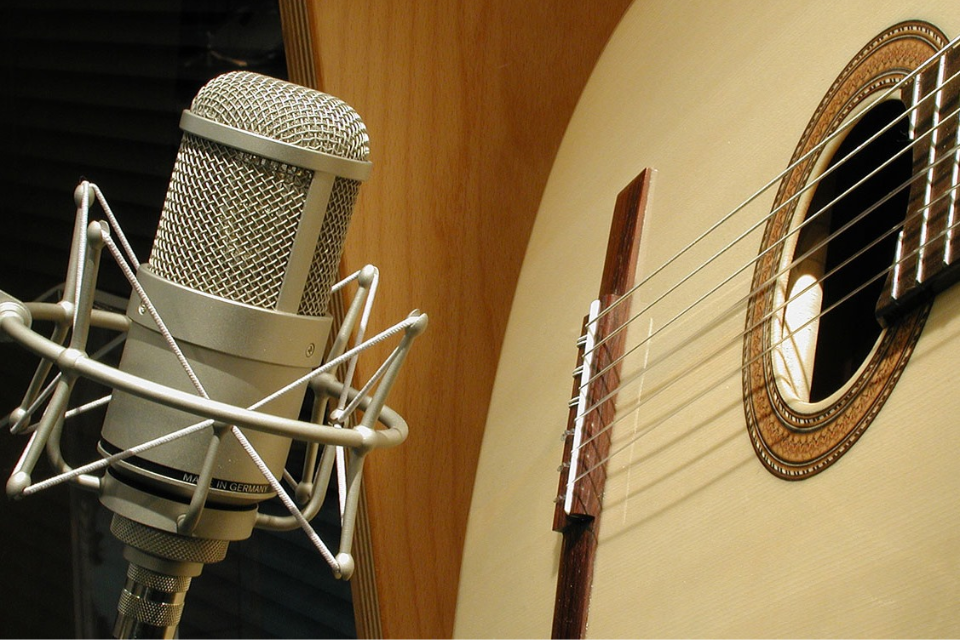When it comes to premium condenser microphones, Neumann has long been synonymous with studio recording excellence. However, many engineers wonder: are Neumann microphones also suitable for capturing instruments in live environments, where durability, feedback control, and dynamic handling are more demanding? Let’s explore the technical perspective.
Challenges of Recording Instruments in Live Environments
Recording live instruments is a completely different challenge compared to studio conditions. On stage:
-
Sound pressure levels (SPL) are often extremely high, especially with Drums, brass, or guitar amps.
-
Multiple nearby sound sources can cause bleed between instruments.
-
Feedback and stage noise become major concerns when using high-sensitivity condenser microphones.
That’s why not every condenser mic performs well live. However, Neumann offers specific characteristics that make their microphones a trusted choice in both studio and stage settings.
Why Neumann Is Still Ideal for Live Instrument Capture
Wide Dynamic Range and High SPL Handling
Most Neumann microphones-such as the KM 184, TLM 102, or TLM 107-can handle sound pressure levels of 138 - 144 dB SPL, allowing direct recording of loud sources without distortion. This makes them particularly suitable for snare drums, toms, or trumpets.
Flat Frequency Response Preserves Instrument Tonality
Neumann microphones are known for their exceptionally flat and detailed frequency response, preserving the natural character of instruments without sounding muddy or harsh. In live setups, FOH engineers can shape EQ easily without excessive correction.
Optimized Design for Noise and Feedback Control
The KM Series (e.g., KM 184, KM 185) features small-diaphragm cardioid or hypercardioid designs, offering precise directionality and excellent rejection of stage feedback. This is why the KM 184 is often used in acoustic concerts, chamber ensembles, or live drum overheads.
Mechanical Reliability and Durability
Built from high-quality alloys with robust grille protection and strong resistance to humidity and RF interference, Neumann microphones are designed for long-term reliability on tour. Many engineers attest that a Neumann mic can last for years of continuous live use without losing its sonic consistency.
Recommended Neumann Models for Live Instrument Recording
-
KM 184: Top choice for acoustic guitar, violin, drum overheads, or piano.
-
TLM 102: Excellent for light live vocals or wind instruments, thanks to its bright tone and wide dynamic range.
-
TLM 107: A versatile multi-pattern condenser (cardioid, omni, figure-8) ideal for complex live setups capturing multiple sources.
-
M 147 Tube: Perfect for performances requiring warm, classic tones-suitable for cello, saxophone, or solo vocals.

Tips for Using Neumann Microphones in Live Settings
-
Microphone placement: Aim away from stage monitors to reduce feedback.
-
Use pop filters or windshields when recording wind instruments or outdoor performances.
-
Gain staging: Be careful with input levels-Neumann condensers are highly sensitive and can clip easily.
-
Pair with a high-quality preamp to fully utilize the headroom and detail of the Neumann capsule.
Conclusion
Neumann microphones are not limited to studio environments-they have also proven their strength on live stages. With exceptional SPL handling, precise frequency response, and outstanding durability, Neumann allows engineers and musicians to achieve accurate and expressive live sound reproduction.
If you’re seeking a premium condenser microphone that performs equally well in both studio and live applications, Neumann is a choice you can’t overlook.
In Vietnam, Hoàng Bảo Khoa is the official distributor of Neumann, offering a full range of genuine products with expert technical consultation to help you select the ideal microphone for professional live instrument recording.